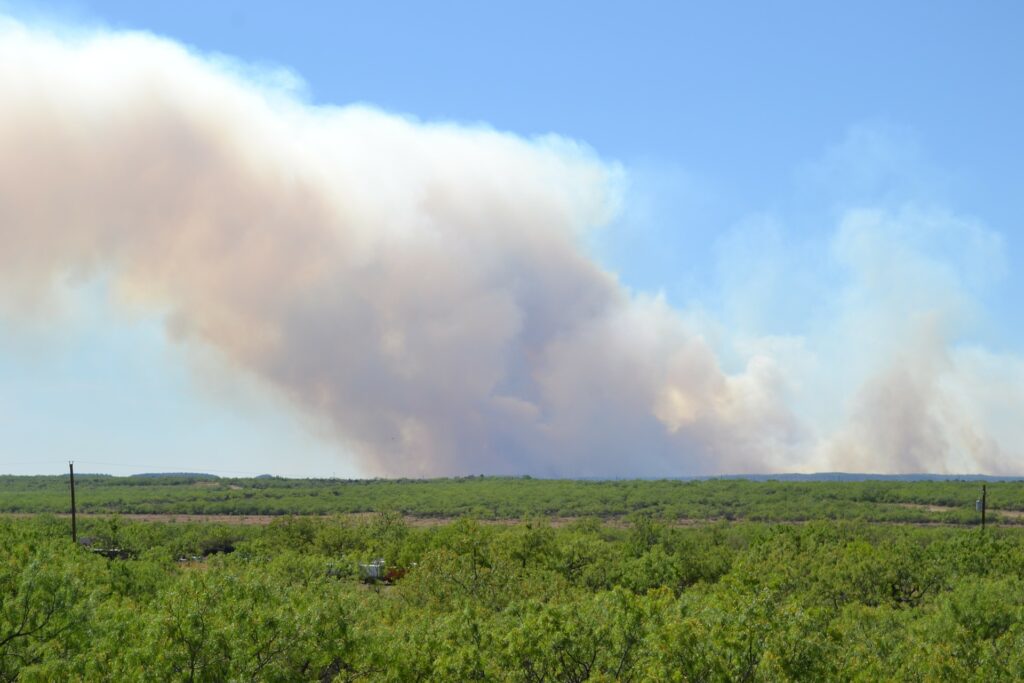A team of researchers have combined a meteorological model with NASA satellite data to determine whether wildfire smoke will stay in the atmosphere or come down to the ground.
Led by Heather Holmes, associate professor, chemical engineering, at the University of Utah, the research will lead to more accurate predictions of whether and when smoke from a nearby wildfire could reach people on the ground.
“Our hope is this technique gets incorporated into smoke forecasting as a way to improve warning systems related to smoke exposure,” said Holmes, whose research is focused on the physics and chemistry of air pollution.
The research was published in the most recent issue of the Journal of Geophysical Research: Atmospheres. The first author was one of Holmes’s former graduate students, S. Marcela Loría-Salazar, who is now an assistant professor at the University of Oklahoma’s School of Meteorology.
Before, scientists could not accurately predict whether wildfire smoke would actually reach the lower altitudes of an area where it can affect residents, even by examining satellite data of the smoke’s spread.
For example, during the Yosemite Rim Fire in 2013, one of California’s largest wildfires that scorched more than 257,000 acres, they initially couldn’t explain why Fresno had low levels of pollution even though satellite images from the fire showed smoke covering the city. It turns out the mountains created complex winds, and the smoke was in the upper level of the troposphere (the lowest region of the atmosphere) where it was separated from the Earth’s surface.
As a result, Holmes and Loria-Salazar collaborated with NASA scientists and analyzed satellite data from the Yosemite Rim Fire along with ground observation data and developed a method to better understand the vertical smoke patterns. They examined what is called the “plume injection height” data from the satellite, an estimate of the top layer of the pollution, and the vertical meteorology at the time of the fire. With that, they developed a “smoke height/boundary ratio,” an estimate of how much of the smoke is going down to the surface of the Earth. According to the research, having a better understanding where the smoke is in the atmosphere vertically can help scientists also understand where the smoke will be downwind.
“There’s a lot of uncertainties in understanding the vertical mixing in the atmosphere, and that really drives where the smoke will end up,” she said.
With this new information, Holmes believes meteorologists, climatologists or air quality experts could possibly predict up to two or three days whether smoke from a wildfire could affect the health of residents in a nearby city.
“If you can forecast this, you can make more informed decisions on whether to have school closures, or you can give alerts on when to not go outside to exercise,” she said. “You can give people information to protect themselves better.”



